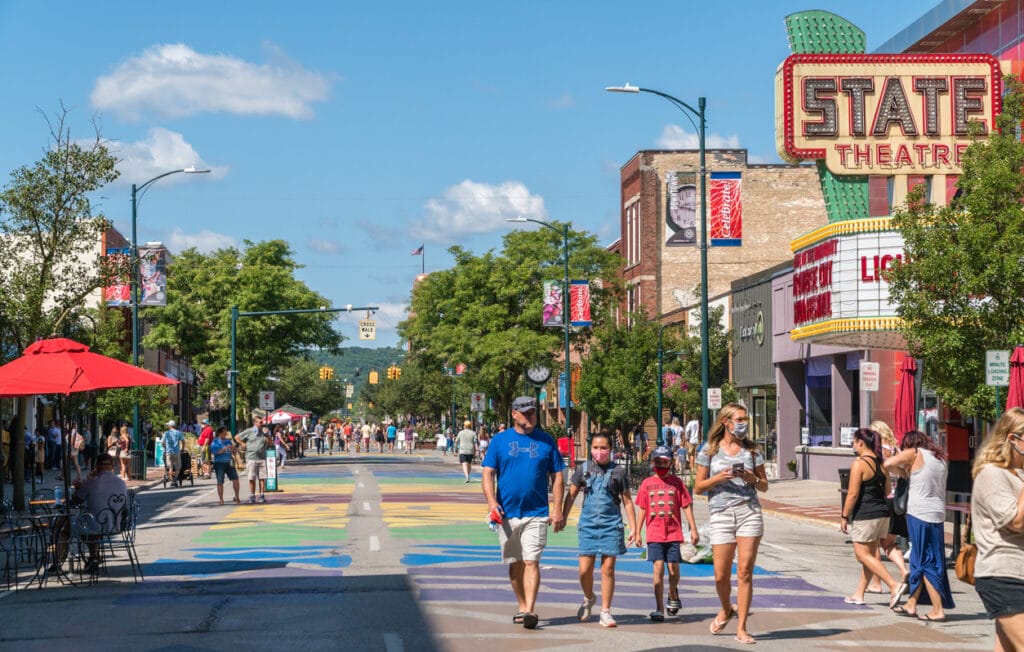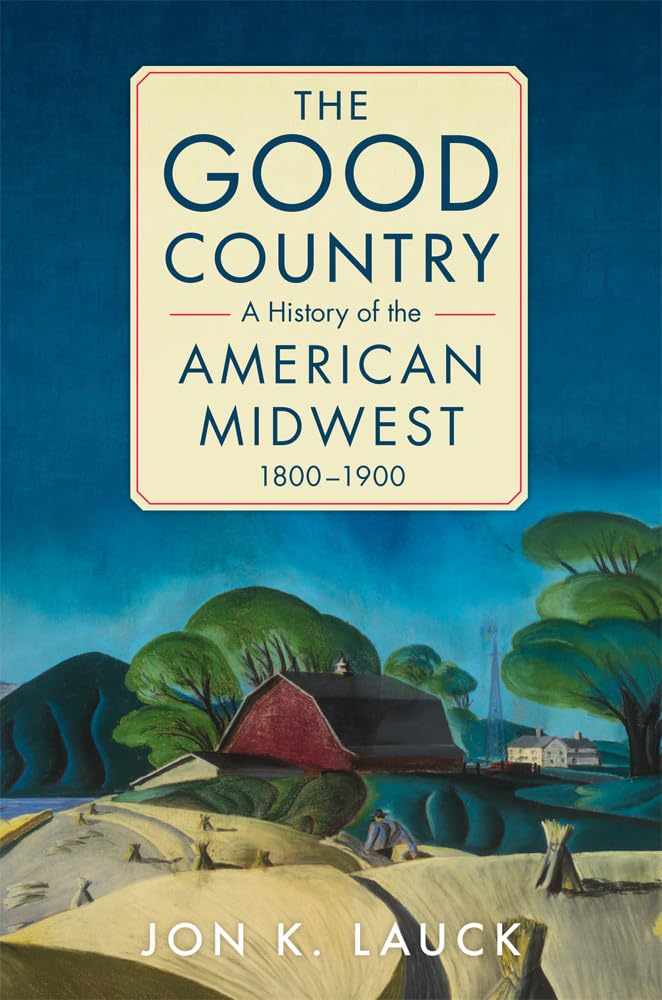Longing for more worthy places

While much of the 19th-century world was still mired in slavery and feudalism, the American Midwest emerged as the pinnacle of democratic ideals. That’s the argument put forward by Jon K. Lauck in “The Good Country: A History of the American Midwest 1800 -1900.”
Lauck wants readers — particularly academics and cynical East Coast intellectuals to no longer dismiss the Midwest and its contribution to a better society shaped by hard work, egalitarianism, political reform, and a host of moral virtues.
Despite the region’s neglect in the academy, in many ways, the American Midwest stands out because of its contrasts to the feudal and slavery-dependent South and the more elitist East Coast. “Frontier conditions also had the effect of eroding older patterns of privilege and deference,” writes Lauck.
The Northwest Ordinance played a significant role in giving the newer Midwestern states its democratic and egalitarian shape. “One historian opined that article 2 ‘reads like a checklist of republican virtues, with precedent going all the way back to the Magna Carta of 1215.’”
While far from a perfect region, emerging from this land was expanded rights for minorities and women, a robust civil society that uplifted the needy and vulnerable, and greater religious toleration. The author points out that virtually every dissenting religious group found a home in the Midwest except for Mormons and utopian reformers.
Lauck chronicles a bevy of sources and documents to show that citizens and legislators worked to integrate schools, grant women suffrage, and build renowned libraries and universities while welcoming waves of European immigrants to assimilate.
Long before the federal government saw itself as an administrator of poverty, many Midwestern states and localities already initiated private and public programs for relief. A robust civil society—many of those organizations led by women—took command to help war widows, orphans, instituted beautification projects, established schools for minorities, and invested heavily in the arts and entertainment.
It’s likely no coincidence that the Wright Brothers emerged from America’s Midwest. The race to be first in flight was hyper-competitive and the Wright Brothers stood victorious over the likes of Samuel Pierpont Langley who had a wealth of federal government contracts at his disposal. However, the Wrights correctly surmised – unlike many competitors – that manned flight was more about pitch and balance rather than speed. Given their shoestring budget and dogged determination, the brothers’ success is one of the greatest entrepreneurial feats in world history. Their story embodies much of the Midwestern ethos of the times.
Lauck doesn’t want the reader to just romanticize the past and he does spend considerable time addressing some of the mistreatment of Blacks and Native Americans, but his point is to elevate the region’s past progress and values for today.
“In our own period of decay – an era of callow tweets, sensationalism, celebrity worship, extreme loneliness, and mass and manufactured and purposeful distraction, all of which unleashes rampant anxiety and depression and devouring our young – this old culture deserves a second look and not our condescension.”
Lauck sees the religious and civic virtues of “The Good Country” as a worthy model to emulate instead of the derision such as what some historians declared “stuffy, hidebound, repressed, and old-fashioned.” A dean at the University of Missouri even called the residents of her state “bumpkins, hicks, and illiterates who lived in Hooterville,” further highlighting the negative perception many hold about the area.
My own and my ancestors’ experiences might shed some light on Lauck’s overall point. Any outsider who has lived in the Midwest or spent significant time there likely notices a more egalitarian culture that lacks the pervasive cynicism of other regions.
When I moved to Grand Rapids, Michigan from more formative years in the deep South and abroad, I often chuckled at the optimism and earnestness so prevalent in the region. Yet, my paternal family roots are very Midwestern. My great-great grandfather farmed near Groveport, Ohio but moved his family to northwest Michigan because of the appeal of the area’s wide-open rustic wilderness. The family moved by train and settled becoming highly successful in their endeavors. They owned more land, served in world wars, and excelled as professors and engineers. Their story is one of drive, optimism, and a family connectedness that is much less prevalent now.
That the American Midwest became a world powerhouse in industry, education, art, and self-government is a testament to the people who settled and prospered there.
Ray Nothstine is the Future of Freedom Fellow at the State Policy Network and a senior editor and writer. He manages American Habits.




